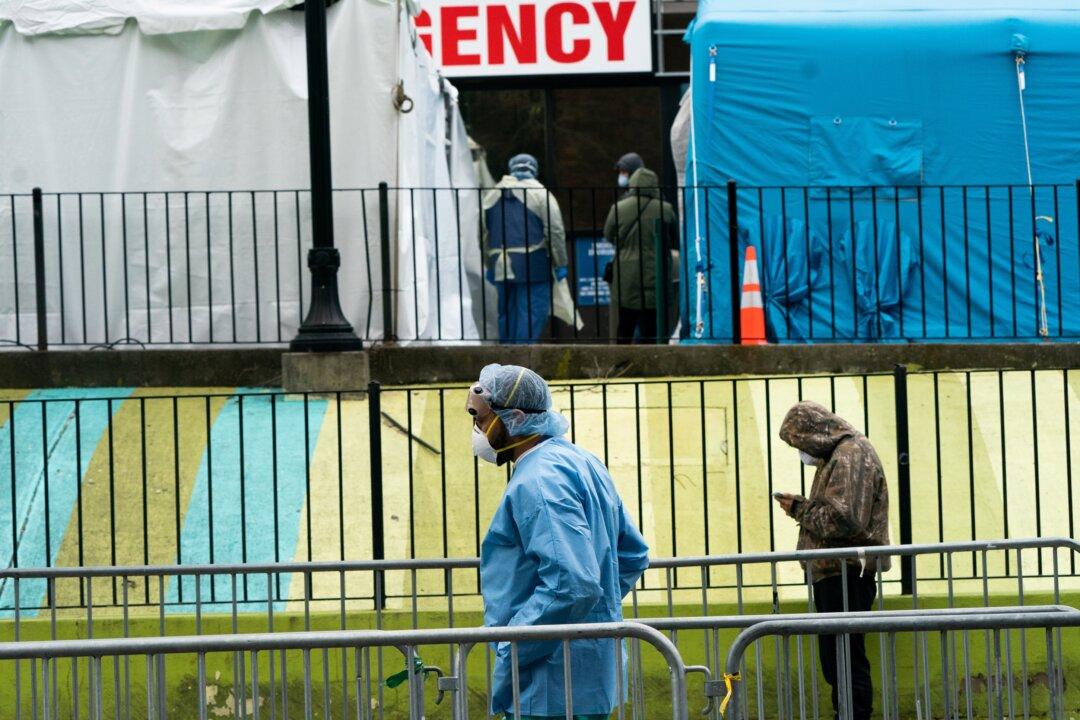The CCP (Chinese Communist Party) virus, commonly known as the novel coronavirus, could be transmitted through the air, a study released on March 29 suggests.
The study, authored by researchers from the University of Nebraska Medical Center (UNMC), the National Strategic Research Institute at the University of Nebraska, and others, analyzed air samples in the rooms of CCP virus patients and found “high levels of the virus contamination.”





